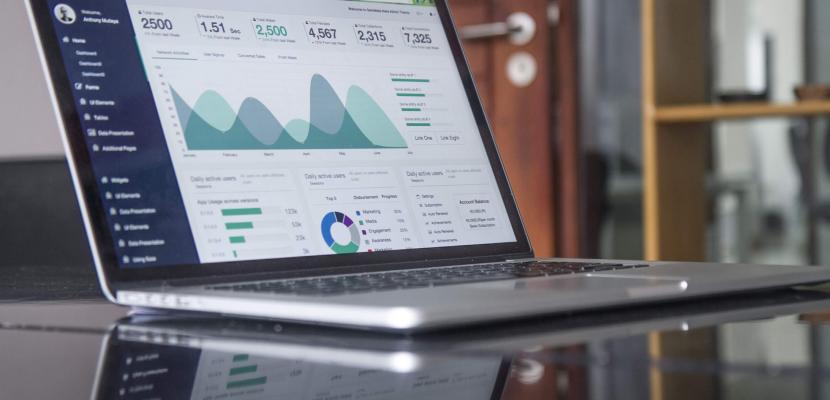Image

The NBN Atlas
Published on 14 February 2019

United Kingdom
Derbyshire and Nottinghamshire
This is the good practice's implementation level. It can be national, regional or local.
About this good practice
The NBN Trust promotes the sharing and use of biodiversity data, which is achieved through our digital data sharing infrastructure, the NBN Atlas. The previous infrastructure, the NBN Gateway, had limited functionality and was no longer fit for purpose. A replacement was needed to provide a stable platform for integration of species and ecosystem data with environmental data layers and an improved user interface. After reviewing the options the NBN Trust decided to adopt the Atlas of Living Australia infrastructure as it provided much of the required functionality. The core functionality of the NBN Atlas includes:
• the ability to display species and ecosystem data together
• interoperability with spatial and environmental layers
• uploading data via webservices
• the ability to hold image libraries and bibliographies
• a powerful interactive mapping tool with multiple filters
• a spatial portal that allows detailed analysis and modelling of data.
The NBN Atlas was developed using the open source code developed by ALA which has multiple implementations delivering a range of products and services. The code has been adapted to include functionality required by the UK’s biodiversity sector and will continue to be adapted and upgraded in the future. The main stakeholders and beneficiaries are the data providers and data users including government agencies, wildlife and conservation NGOs, museums, academics, volunteer recorders, local environmental record centres and public
• the ability to display species and ecosystem data together
• interoperability with spatial and environmental layers
• uploading data via webservices
• the ability to hold image libraries and bibliographies
• a powerful interactive mapping tool with multiple filters
• a spatial portal that allows detailed analysis and modelling of data.
The NBN Atlas was developed using the open source code developed by ALA which has multiple implementations delivering a range of products and services. The code has been adapted to include functionality required by the UK’s biodiversity sector and will continue to be adapted and upgraded in the future. The main stakeholders and beneficiaries are the data providers and data users including government agencies, wildlife and conservation NGOs, museums, academics, volunteer recorders, local environmental record centres and public
Expert opinion
The good practice is an excellent example of a platform aggregating biodiversity data for open source use by all those who are interested. The atlas is bringing together users including government agencies, wildlife and conservation NGOs, museums, academics, volunteer recorders, local environmental record centres and public . The atlas has multiple positive sides such as compatibility of data; educational functionalities; inclusion of marine data; etc. The good practice could be of use to national and regional authorities who face the issue of biodiversity data fragmentation. They could further explore technical issues, data availability issues, etc.
Resources needed
Implementing the ALA infrastructure with amendments cost £250,000, further development costs extra. Annual running costs are £125,000 per year. Servers to host the site and database are the largest cost. Staff resource required a systems developer, data manager, support officer and project manager.
Evidence of success
The NBN Atlas currently holds over 220 million species occurrence records and approx. 100 spatial layers. There are over 4000 registered users and an average of 500 users visit the site each day.
Potential for learning or transfer
Key success factors for transfer and learning include:
• The NBN Atlas revolutionises the use of UK biodiversity data, enabling it to be shared, analysed and researched
• The NBN Atlas is an online tool that educates and informs people about the natural world
• The NBN Atlas holds data on marine and terrestrial species
• The NBN Atlas allows users to interrogate species records and download distribution maps
• The NBN Atlas makes UK biodiversity data compatible with other countries’ biodiversity data, and allows users to compare and share data globally.
• The NBN Atlas revolutionises the use of UK biodiversity data, enabling it to be shared, analysed and researched
• The NBN Atlas is an online tool that educates and informs people about the natural world
• The NBN Atlas holds data on marine and terrestrial species
• The NBN Atlas allows users to interrogate species records and download distribution maps
• The NBN Atlas makes UK biodiversity data compatible with other countries’ biodiversity data, and allows users to compare and share data globally.
Further information
Website
Good practice owner
You can contact the good practice owner below for more detailed information.
Organisation
National Biodiversity Network (NBN)

United Kingdom
Derbyshire and Nottinghamshire